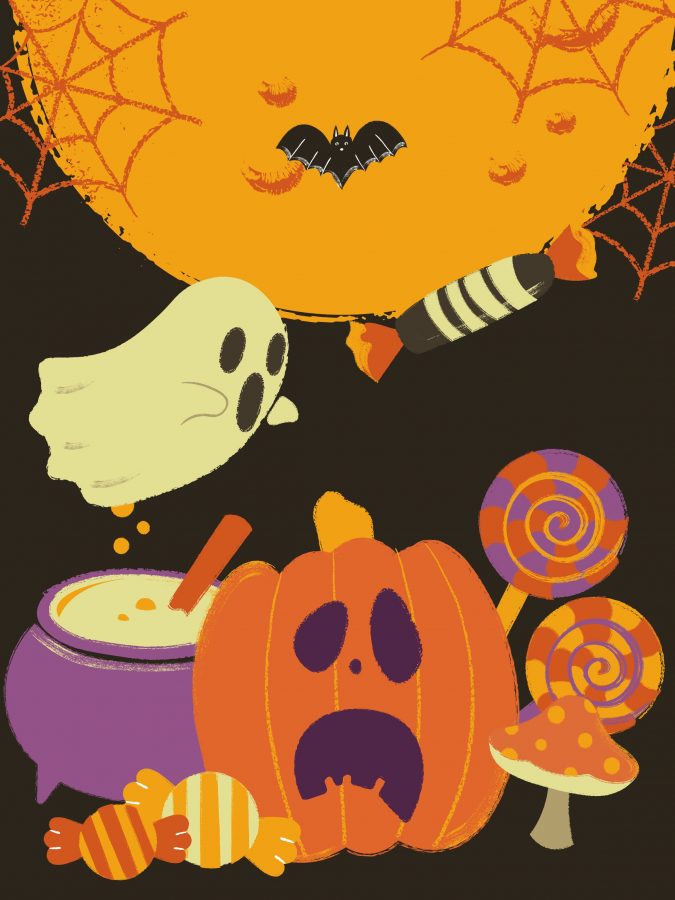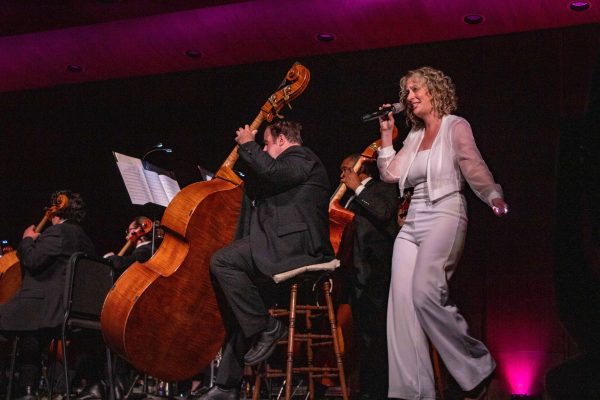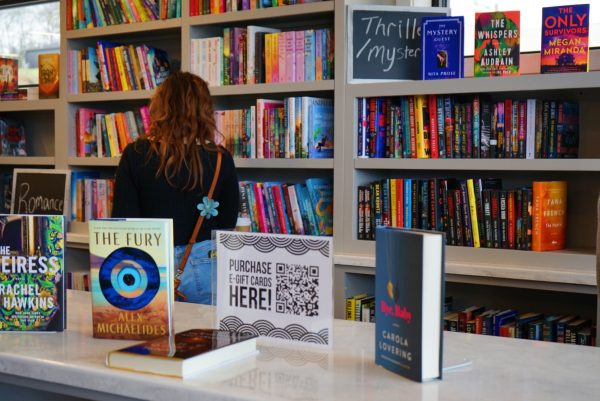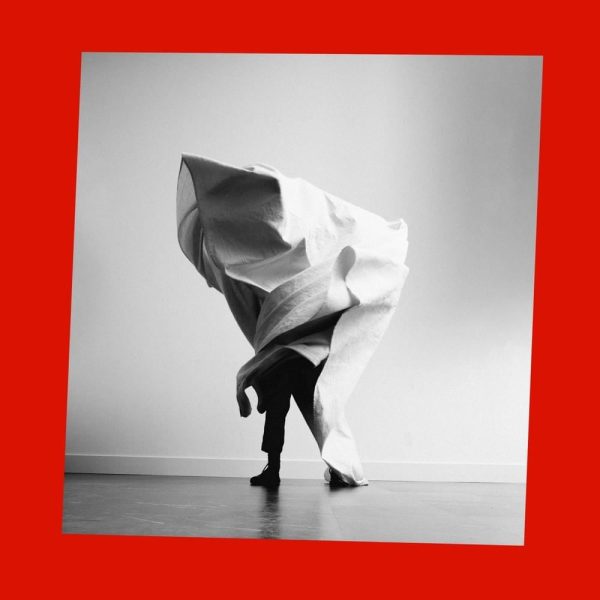A child-like love for chocolate bars
Column
October 22, 2021
As much as I’d like to pretend that as I’ve gotten older, my interest in Halloween has shifted from being solely candy-based to a more mature fixation, I cannot. I suffer from a childlike love of chocolate bars, so Halloween has always been a holiday I am partial to. Don’t get me wrong, I enjoy scary movies and provocative nurse costumes as much as the next girl, but the way I see it, nothing beats a plastic, jack-o’-lantern-shaped candy holder full of candy. If I could trick-ortreat without garnering sideways looks, I would. Unfortunately, I am visibly older than the average trick-or-treater, so I have to make the most of handing out candy, rather than receiving it. Well-known American business magazine Forbes reports that as of this year, the United States’ preferred Halloween candy is Reese’s Cups, followed by Skittles, M&M’s, Starbursts and Hot Tamales, respectively. Personally, I find it outrageous that this list does not include Kit Kats, nor does it account for Almond Joys. I am biased, though, as I am typically drawn to chocolate heavy candies over their fruity or sour counterparts. Kit Kats and Almond Joys are two of the Hershey Company’s top-selling candy bars. They are, in my opinion as a self-proclaimed chocolate connoisseur, the best Halloween candies. Peanut butter and chocolate are a classic pair, but Reese’s are powerless in the face of the aforesaid crunchy confections. Originally assembled in Great Britain by candy company Rowntree, Kit Kats were not produced in the United States until 1970. Contrastingly, Almond Joys were created in Naugatuck, Connecticut. As stated by CandyBlog.net, their conception directly followed the Second World War, when Western Hemispherian importers were given newly convenient access to foreign luxuries sugar, coconuts and cocoa beans. Both Kit Kats and Almond Joys are now American favorites. I believe that their biggest selling point, as well as the main appeal of candy as a whole, lies in the fact that they provide consumers with a quick pick-me-up. Americans live in a culture that places tremendous emphasis on hard work. It should not come as a shock that we are delighted by the promise of respite from the continuous influx of objectives and obligations we are faced with on a regular basis, no matter how small it is. This mindset is reflected by the slogan of the Kit Kat bar: “Have a Break, Have a Kit Kat.” It has been scientifically proven that when consumed, cocoa, the sole component of chocolate, releases chemicals into the brain that induce feelings of happiness. Overworked United States citizens are constantly in pursuit of joy. Through indulging in Halloween candy, they are able to gain said joy in small amounts.













